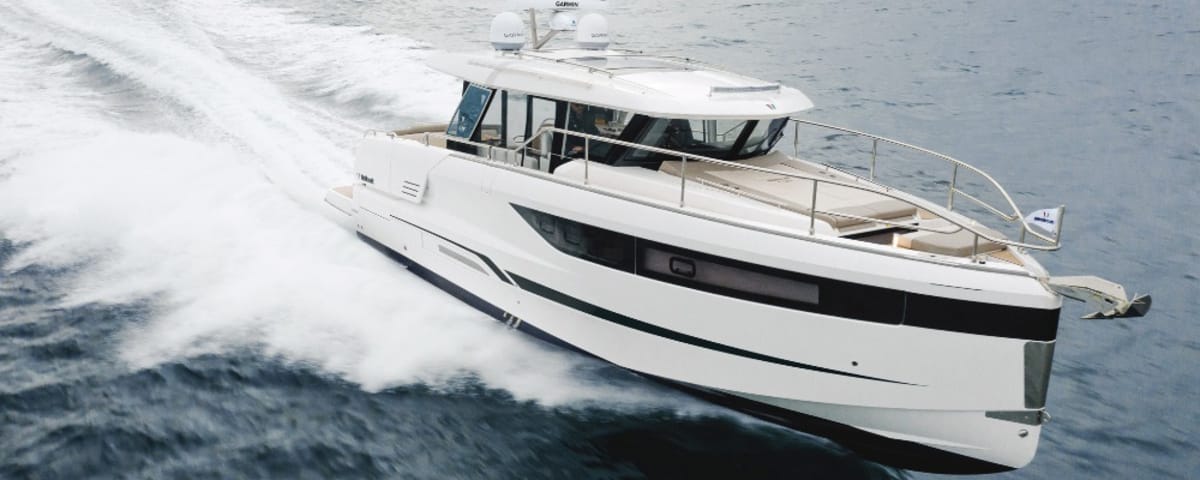Understanding and Maintaining Your Boat’s Engine Cooling System
This article explains how marine diesel engine cooling systems work, how to troubleshoot overheating, and provides essential maintenance tips for boat owners.
How Cooling Systems Work
Marine engines utilize various cooling methods, including direct, indirect, and keel cooling. Direct cooling, common in smaller engines, draws seawater directly into the engine block before expelling it. Indirect cooling employs a heat exchanger and a closed-loop system, similar to a car engine, using coolant. Keel cooling, less frequent, circulates coolant through tubes beneath the hull, cooled by direct contact with the water.
Maintaining a Constant Temperature
Diesel engines are designed to operate around 87°C (189°F). To maintain this temperature, engines with heat exchangers circulate coolant through tubes within a housing containing a “honeycomb” of small copper tubes through which seawater passes. A thermostat regulates coolant flow based on seawater temperature. When cold, it remains closed, opening as the engine reaches operating temperature.
Troubleshooting Overheating
An overheating engine is indicated by a warning light, audible alarm, or temperature gauge reading. To prevent serious damage, such as a blown head gasket, immediately check the engine’s water discharge. If there’s no water flow, shut down the engine. The most common cause is a cooling system issue, often due to a faulty water pump impeller. Inspect the impeller for damage.
High Seawater Temperatures and Engine Performance
Both direct and indirect cooling systems rely on seawater to cool the engine. While high seawater temperatures (above 30°C or 86°F) might raise concerns, the seawater temperature is still significantly lower than the engine’s operating temperature (85°C-88°C or 185°F-190°F). Overheating is more likely due to a problem within the cooling system itself.
If your engine overheats, it’s usually related to a problem in the water circuit.
Addressing Cooling Issues at Sea
If water isn’t flowing, the engine will overheat quickly, potentially causing severe damage. The most common causes are a blocked water circuit or a defective water pump impeller. Carrying a spare impeller and knowing how to replace it is crucial. Check the seawater intake strainer and filter for obstructions (plastic bags, algae, etc.). If the circuit is blocked, clear it. Remember that a water pump impeller running dry can be damaged in minutes.
Replacing the Water Pump Impeller
- Close the seawater intake valve.
- Open the pump cover.
- Remove the impeller and inspect its condition.
- Thoroughly clean the impeller housing.
- Lubricate the inside of the housing with grease (glycerin) provided in the kit.
- Install the new impeller, ensuring correct rotation direction, and lubricate its O-ring with glycerin.
- Place the paper gasket (provided in the kit).
- Reinstall the cover after cleaning.
- Open the seawater intake valve.
- Start the engine.
Essential Tips for Boat Owners
Cooling system problems are common and can occur during navigation. Every boat owner should be prepared to address them. Always carry a spare impeller that matches your engine, along with its gaskets and glycerin grease. Keep the necessary tools (screwdriver or wrench) for removing the pump cover screws with the spare impeller. Consider carrying a plug matching the diameter of the hose between the seawater filter and the pump to prevent water ingress when disconnecting the hose.
Enjoyed this post by Thibault Helle? Subscribe for more insights and updates straight from the source.


